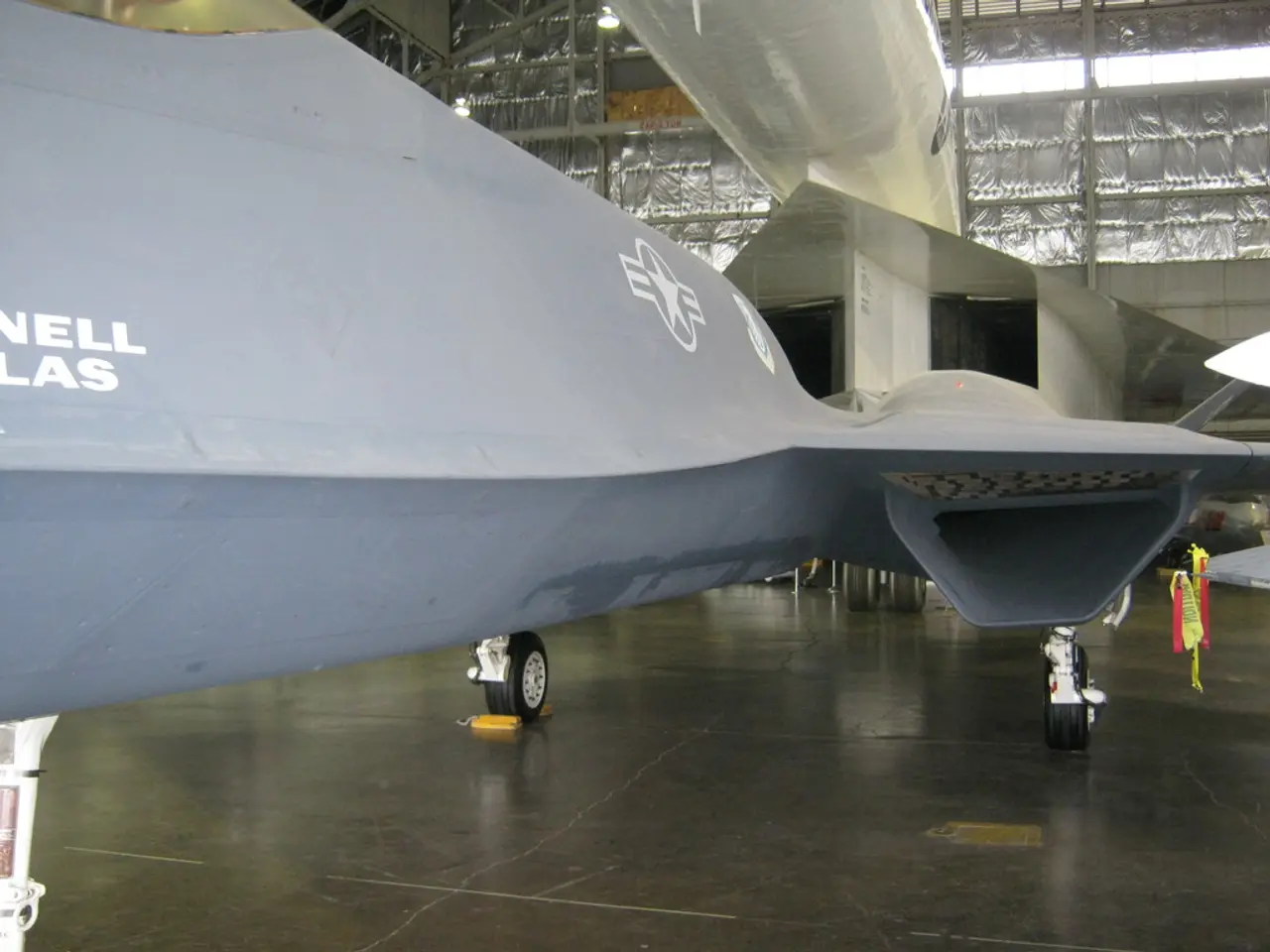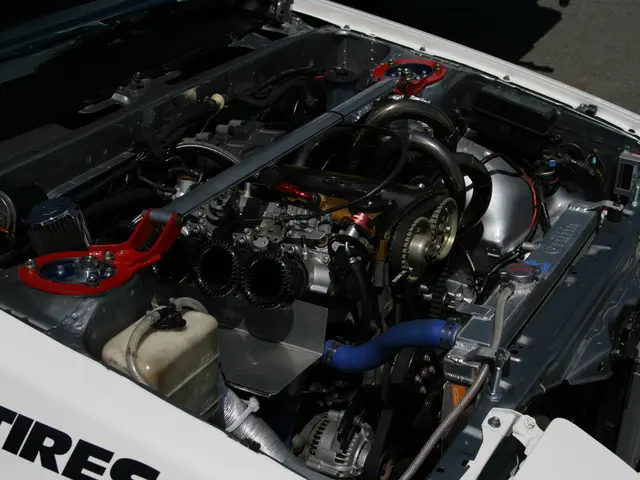Lawsuit Filed Against Boeing and Honeywell by Families of Air India Crash Victims
In a significant development, a lawsuit was filed on Tuesday in Delaware Superior Court, accusing Boeing and engine manufacturer GE Aerospace, along with Honeywell, in the June 12 crash of an Air India Boeing 787. This marks the first legal action in the United States over the tragic incident.
The lawsuit, Paghadal et al v Boeing Co et al, Delaware Superior Court, No. N25C-09-145, seeks unspecified damages for the deaths of Kantaben Dhirubhai Paghadal, Naavya Chirag Paghadal, Kuberbhai Patel, Babiben Patel, and others who perished in the crash. The plaintiffs are citizens of and live in either India or Britain.
The accident occurred seconds after Flight 171 took off for London from the Indian city of Ahmedabad, claiming the lives of 12 crew members and 19 people on the ground, with one passenger surviving. The throttle control module, which includes the fuel switches, was replaced in 2019 and 2023 on the plane involved in the crash.
The lawsuit alleges that the crash was due to faulty fuel switches made by Honeywell. This assertion is supported by a 2018 Federal Aviation Administration (FAA) advisory that recommended inspecting the fuel cutoff switches' locking mechanism on several Boeing models, including the 787. However, Boeing and Honeywell declined to comment, while GE Aerospace did not immediately respond to a request for comment.
The Indian investigators' preliminary report appeared to exonerate Boeing and engine maker GE Aerospace. Yet, some family groups have criticized investigators and the press for focusing too much on the pilots' actions. Aviation safety experts, on the other hand, stated that the fuel switches could not be accidentally flipped based on their location and design.
The case strategy of targeting manufacturers is not uncommon in such situations. Legal experts suggest that lawyers representing victims' families often target manufacturers because they do not face the same limits on liability enjoyed by airlines. It's worth noting that such strategies can increase the prospect of using U.S. courts, which are widely seen as more generous to plaintiffs than many foreign courts.
The report noted that all applicable airworthiness directives and alert service bulletins were complied with on the aircraft as well as engines. However, India's Aircraft Accident Investigation Bureau's (AAIB) preliminary investigation report into the crash stated that Air India had not conducted the suggested inspections. A cockpit recording suggests that the captain cut the flow of fuel to the plane's engines.
The U.S. Federal Aviation Administration has stated that the fuel switches do not appear to have caused the accident. Yet, the lawsuit's filing underscores the ongoing scrutiny and questions surrounding the Air India Boeing 787 crash. As the legal proceedings unfold, more insights are expected to emerge about the incident.
Read also:
- Federal Funding Supports Increase in Family Medicine Residency Program, Focusing on Rural Health Developments
- Potential Role of DHA in Shielding the Brain from Saturated Fats?
- Alternative Gentle Retinoid: Exploring Bakuchiol Salicylate for Sensitive Skin
- Hanoi initiates a trial program for rabies control, along with efforts to facilitate the transition from the dog and cat meat trade industry.








